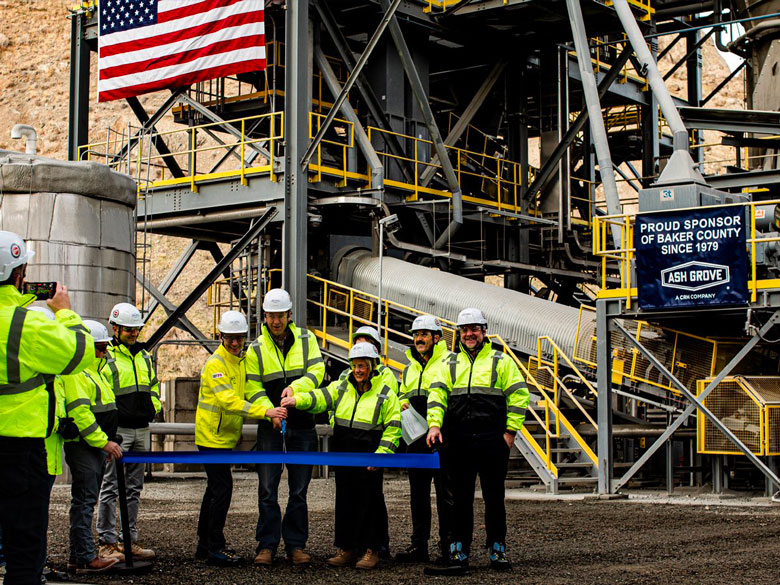Five of Cemex’s sites in the United States have earned certification with the Wildlife Habitat Council for superior management of wildlife enhancement and land conservation projects. The five sites are cement manufacturing plants in Fairborn, Ohio, and Louisville, Ky. and the FEC Quarry, 474 Sand Mine, and Brooksville Quarry in Florida.
“Cemex USA is honored that we have received the certification through the Wildlife Habitat Council for the continued success of our environmental efforts,” said Karl Watson, Jr., president of CEMEX USA. “CEMEX’s partnership with this organization provides a valuable opportunity to engage our team and our community in wildlife enhancement and land stewardship initiatives, while fostering awareness of how industry and natural habitats can coexist.”
As part of the WHC’s Corporate Lands for Learning program, the Brooksville, Miami FEC Quarry, and the Clermont Sand Mine offer their unique surroundings as a tool for exploring ecological concepts. Each site boasts an Environmental Education Center, or outdoor classroom, that provides an alternative learning environment. Students and visitors are encouraged to observe, make hypotheses, gather and record data and draw conclusions. Educators, alongside specifically trained Cemex employees, help the students communicate their findings. The educational programs at the Brooksville Quarry, the Clermont Sand Mine and the FEC Quarry receive over 3,500 visitors annually.
Successful conservation projects at the Louisville plant include a comprehensive wildlife management program, a wildlife release and rehabilitation project in partnership with the Broadbent Wildlife Sanctuary, the planting of a native tree farm of 1,000 saplings for urban reforestation initiatives, and the restoration of rare native Kentucky barren-prairie habitat at its quarry in Battletown, Ky. (in partnership with U.S. Fish and Wildlife as part of its Partners for Fish and Wildlife Program).
Since its initiation in 2007, the Fairborn plant’s wildlife management strategy has offered unique collaborative opportunities between management, employees and community members to create, conserve, and restore the site’s native wetlands, grasslands and prairies, in addition to supporting the successful restoration of its Beavercreek Clay Mine. The Fairborn’s plant wildlife management strategy also focuses on the protection of native biodiversity with the eradication of the invasive Kudzu weed species.
Cemex has a longstanding commitment with effective land management and biodiversity conservation worldwide. The company works diligently to responsibly manage the land within and around its operations to protect biodiversity and maximize its contribution to nature conservation. At a global level, 82% of Cemex active sites have quarry rehabilitation plans in place and the company is on track to meet its goal of 100% by 2015.



